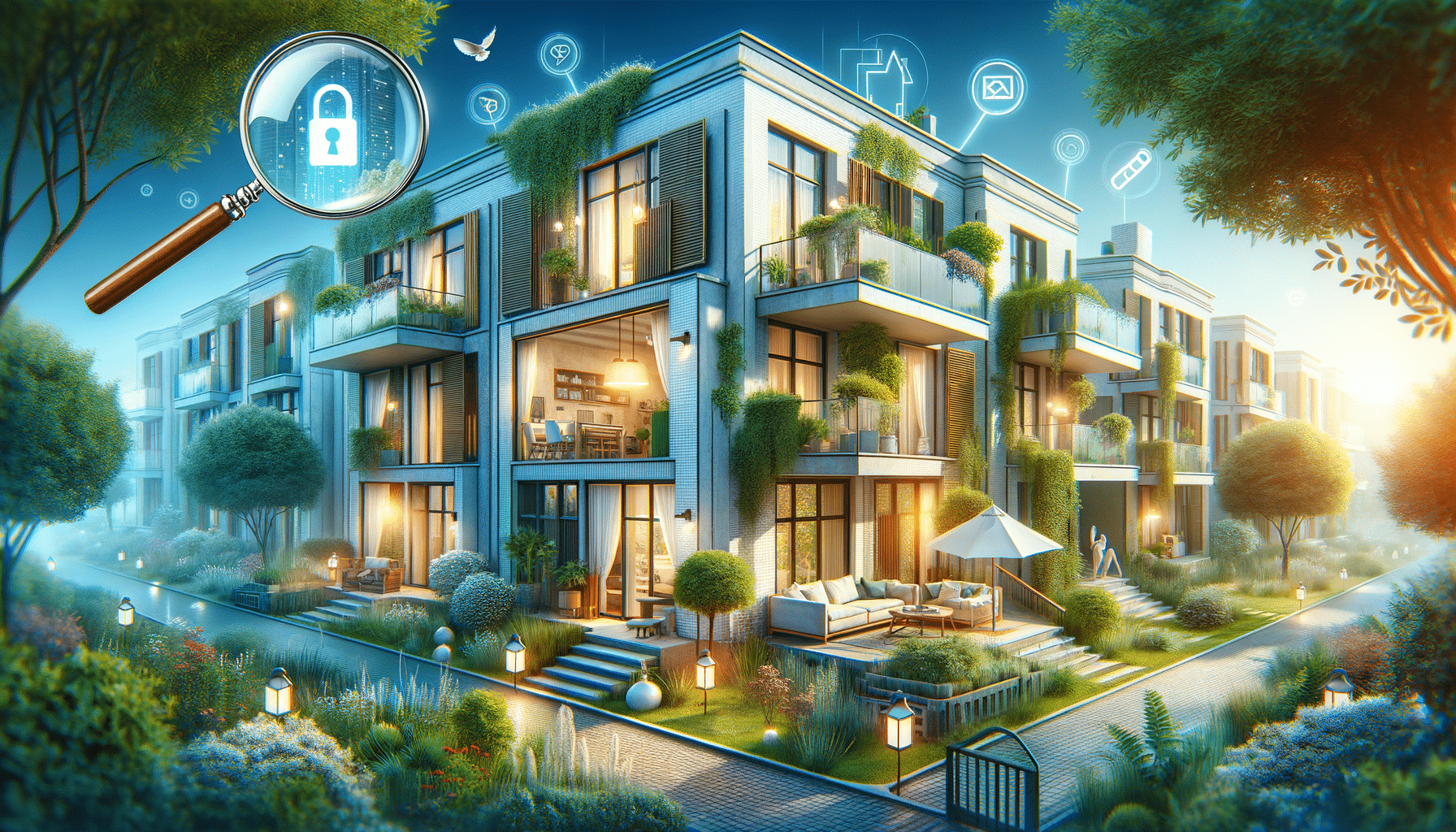Finding the Right Apartment Made Easy
We know that searching for a new apartment can be overwhelming, but it doesn’t have to be! With the right approach, you can quickly find a place that fits your needs. Start by narrowing down your location, budget, and essential amenities. From affordable 1, 2, and 3-bedroom options to great locations and modern amenities, there’s an apartment waiting for you.

Understanding Your Needs and Priorities
Before diving into the search for an apartment, it’s vital to clearly define your needs and priorities. Consider what is non-negotiable versus what would be nice to have. Start with the basics like the number of bedrooms and bathrooms you require. Next, think about location: Are you looking to be close to work, schools, or public transportation? Proximity to these amenities can significantly affect your daily life and commute times.
Budget is another crucial factor. Determine how much you can comfortably afford to spend on rent each month. Experts often recommend that rent should not exceed 30% of your monthly income. This ensures that you maintain a balanced budget, leaving room for other expenses like groceries, utilities, and savings.
Finally, consider the amenities that are important to you. Do you need in-unit laundry, a gym, or a pet-friendly policy? Making a list of must-haves versus nice-to-haves can help streamline your search and prevent you from feeling overwhelmed by options.
Exploring Different Types of Apartments
Once you’ve established your priorities, it’s time to explore the different types of apartments available. Each type offers unique features and benefits, catering to various lifestyles and preferences.
Studio apartments are a popular choice for singles or those who prefer a minimalist lifestyle. These units combine the living room, bedroom, and kitchen into a single space, often resulting in a more affordable rent. However, they may lack storage space and privacy.
One-bedroom apartments provide a separate sleeping area, offering more privacy and space. They are ideal for individuals or couples who need a bit more room without a significant increase in cost.
For families or those who need additional space, two-bedroom and three-bedroom apartments are excellent options. These units provide more room for living, storage, and hosting guests. However, they typically come with higher rent and utility costs.
Understanding the differences between these types can help you make an informed decision about which is right for you.
Researching Neighborhoods and Locations
The location of your apartment can greatly impact your lifestyle and satisfaction with your living situation. When researching neighborhoods, consider factors like safety, accessibility, and community amenities.
Safety is often a top priority for renters. Look into crime rates and speak with current residents to get a feel for the neighborhood. Online forums and community groups can also provide valuable insights.
Accessibility is another key consideration. Ensure that the neighborhood is well-connected by public transportation if you rely on it for commuting. Additionally, check the proximity to essential services like grocery stores, hospitals, and schools.
Finally, think about the community vibe. Are there parks, cafes, or cultural events that align with your interests? A neighborhood that matches your lifestyle can enhance your overall living experience.
By thoroughly researching potential neighborhoods, you can find an area that not only meets your practical needs but also enriches your daily life.
Evaluating Lease Agreements and Rental Terms
Once you’ve found an apartment that seems to fit your needs, it’s important to carefully evaluate the lease agreement and rental terms. This document outlines your responsibilities as a tenant and the landlord’s obligations.
Pay attention to the lease duration. Standard leases are typically for one year, but some landlords offer shorter or longer terms. Consider your long-term plans and how they align with the lease duration.
Review the rent payment terms, including due dates and acceptable payment methods. Also, check for any additional fees, such as security deposits, pet fees, or parking charges.
Understand the policies on maintenance and repairs. Who is responsible for what, and how quickly are issues expected to be resolved? Knowing this can prevent future disputes.
Finally, be aware of any clauses related to lease termination or renewal. Understanding your rights and responsibilities can protect you from unexpected challenges down the line.
By thoroughly reviewing the lease agreement, you can ensure a smooth and transparent rental experience.
Making the Final Decision and Moving In
After evaluating all the factors, making the final decision on an apartment can be both exciting and daunting. Trust your instincts and the research you’ve done to guide you.
Before signing the lease, consider visiting the apartment one last time. This can help confirm your choice and allow you to check for any issues that may have been overlooked. Bring a checklist to ensure all your concerns are addressed.
Once the lease is signed, prepare for the move. Create a moving plan that includes packing, hiring movers if needed, and setting up utilities. Notify important contacts of your address change and update your information with relevant services.
Upon moving in, take inventory of the apartment’s condition. Document any existing damage with photos and report them to the landlord. This can protect you from potential disputes when moving out.
Settling into a new apartment is an opportunity to create a comfortable and personalized space. Take the time to arrange your belongings, explore the neighborhood, and get to know your new community.
With careful planning and consideration, your new apartment can become a welcoming and enjoyable home.